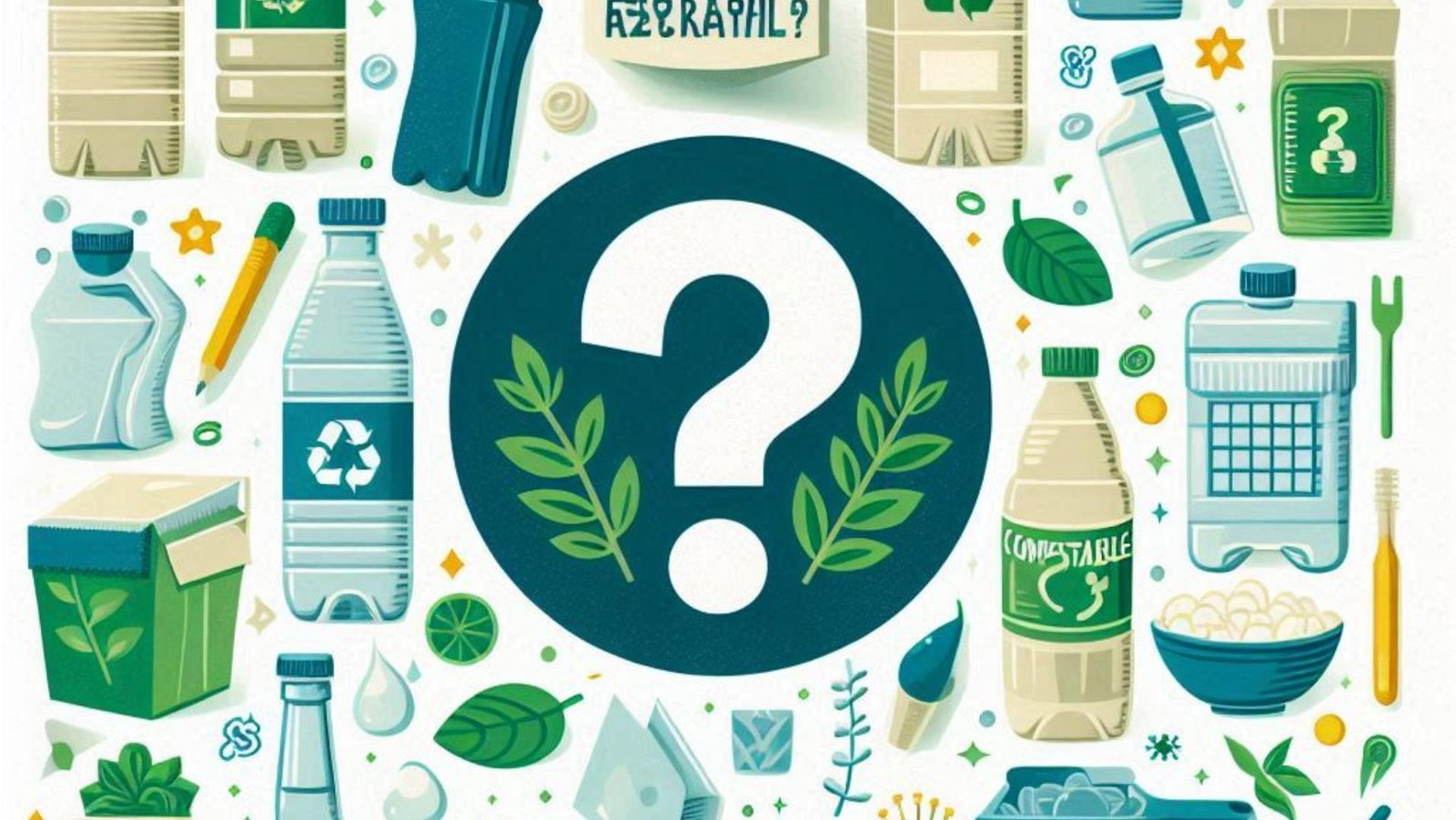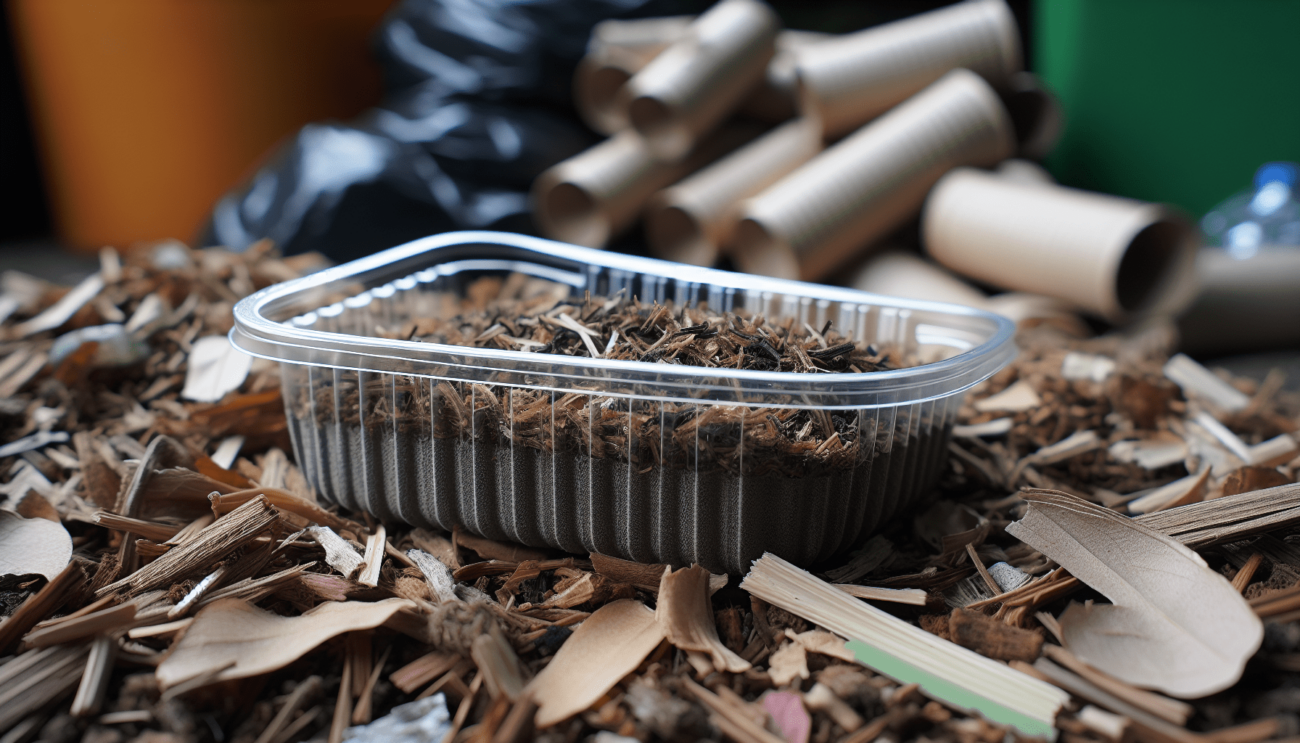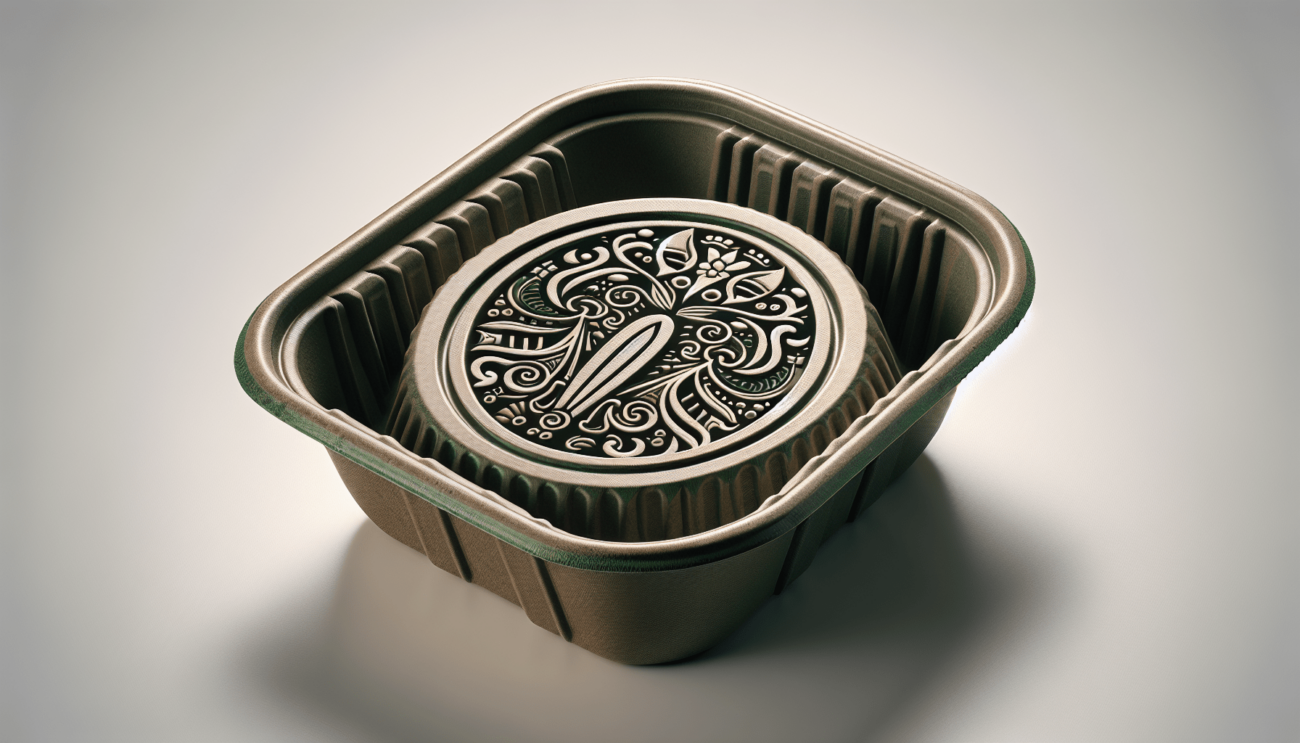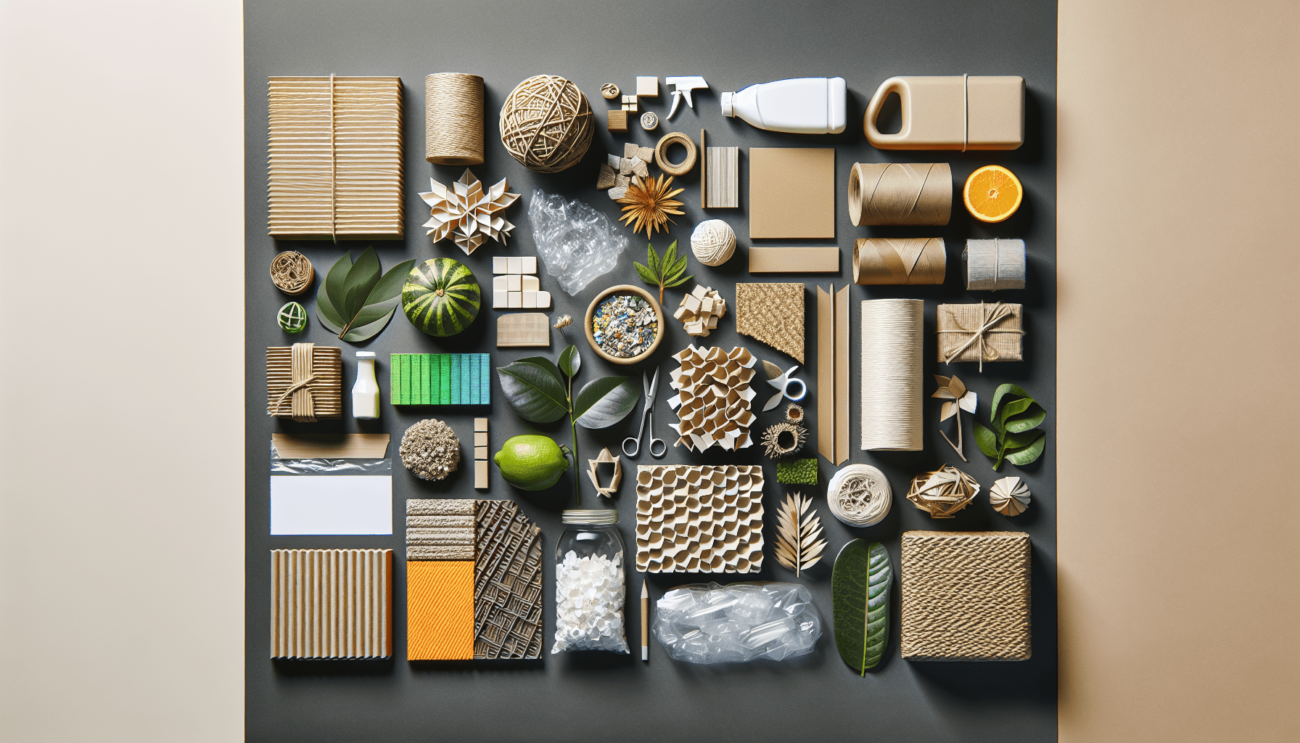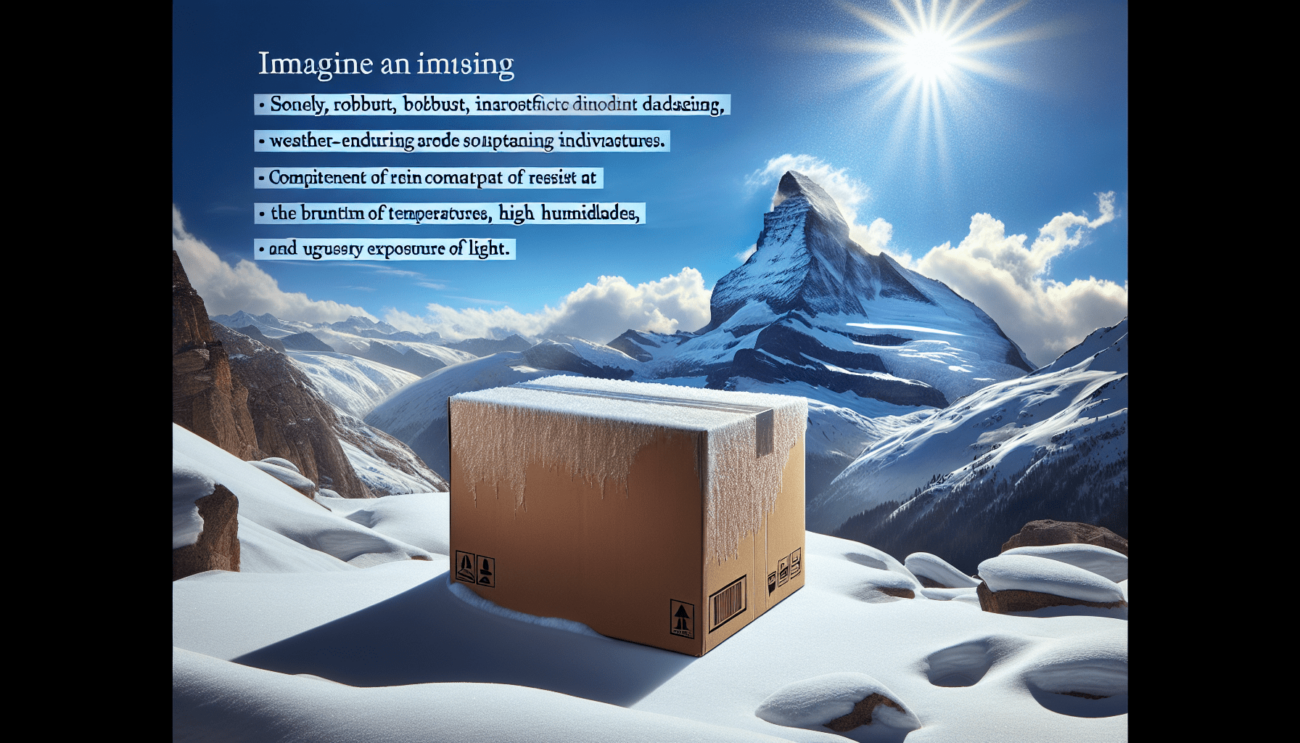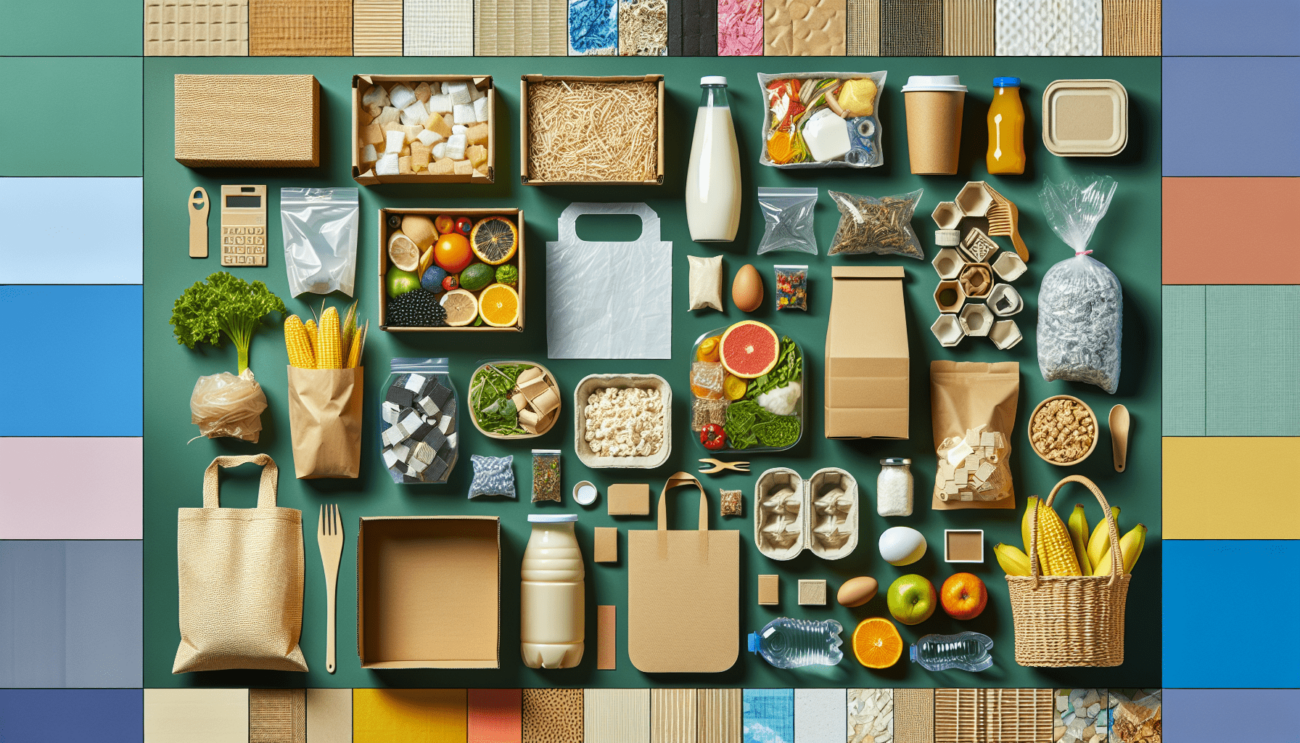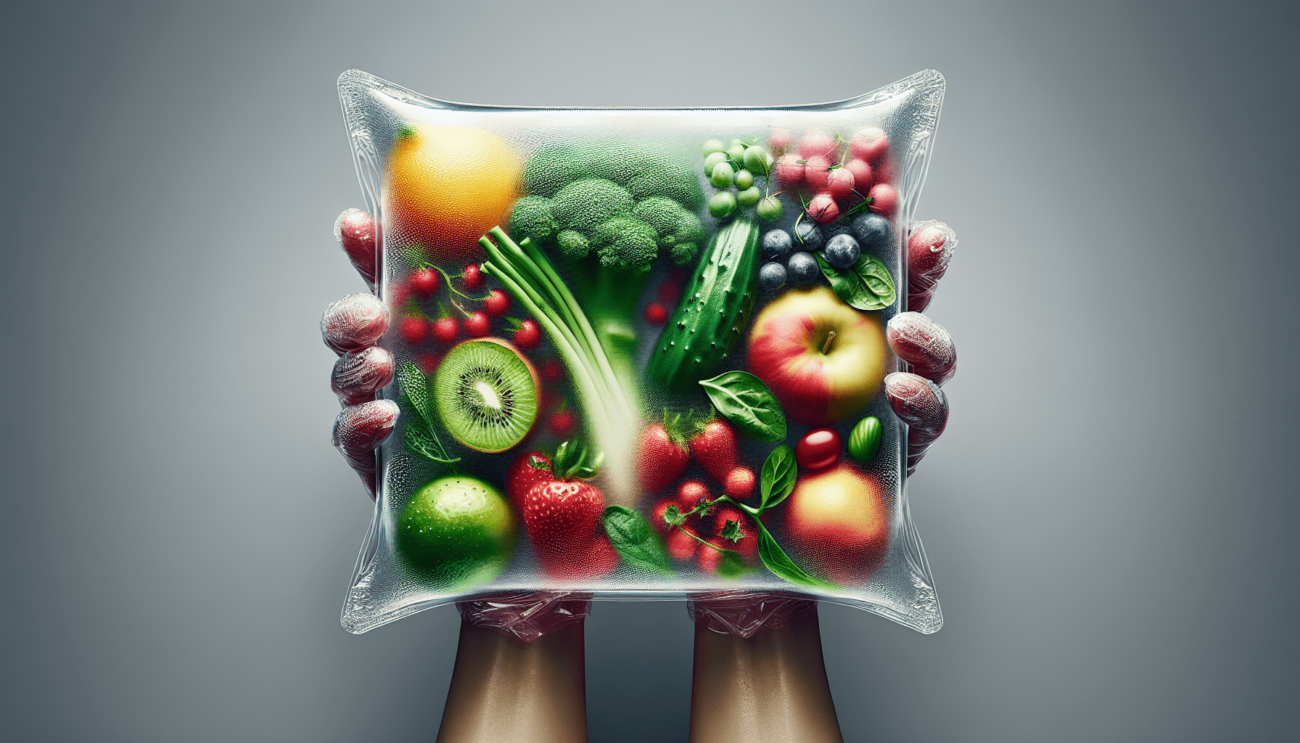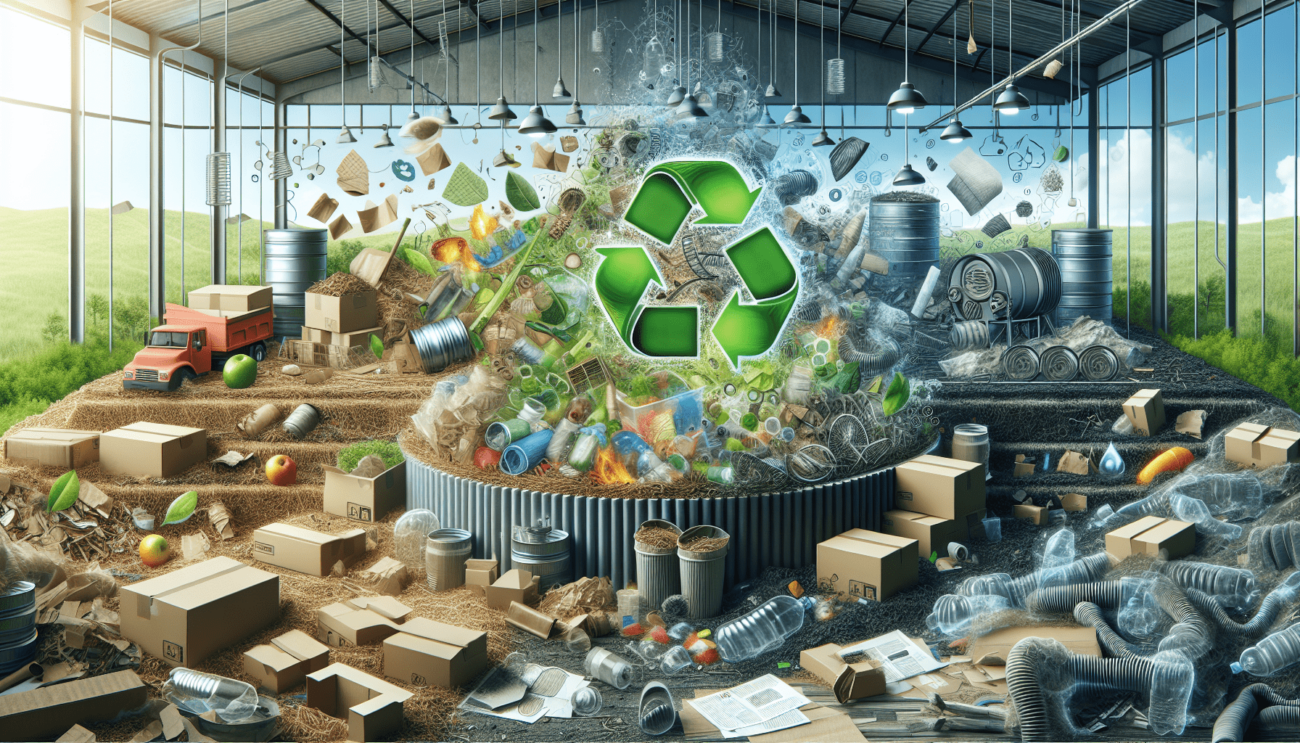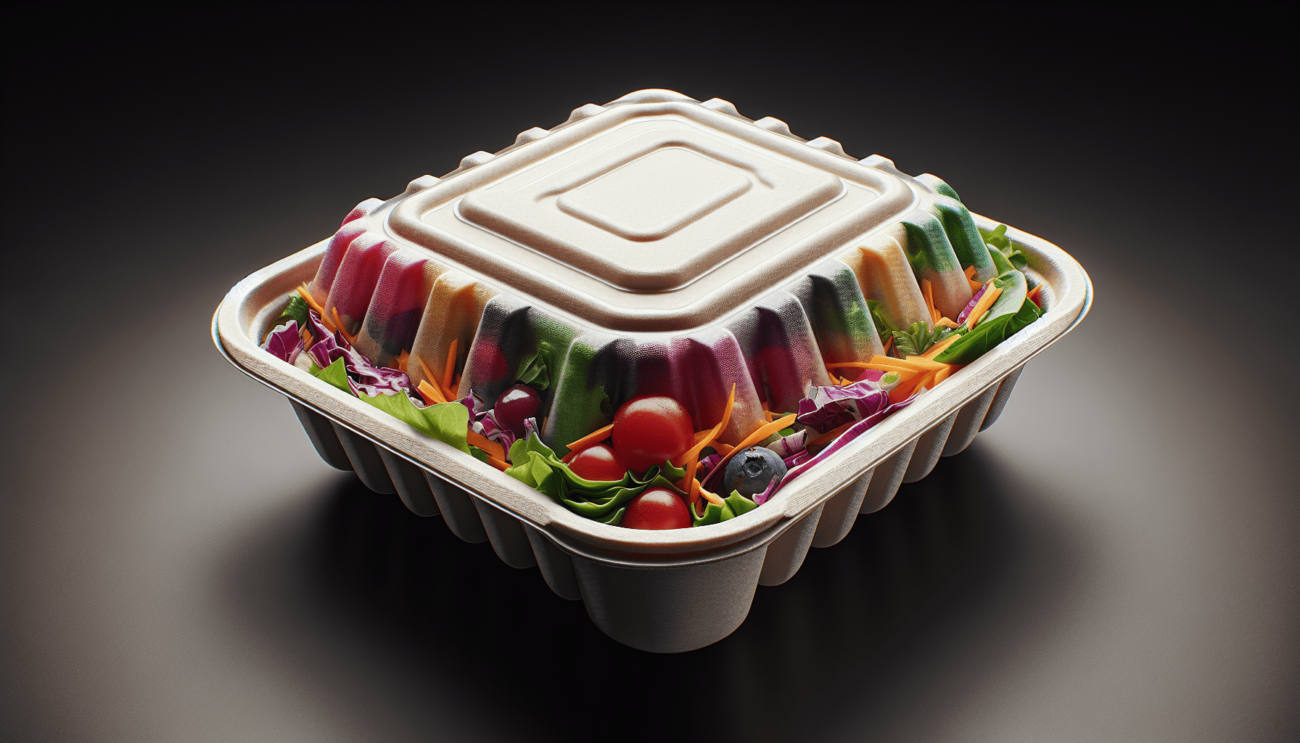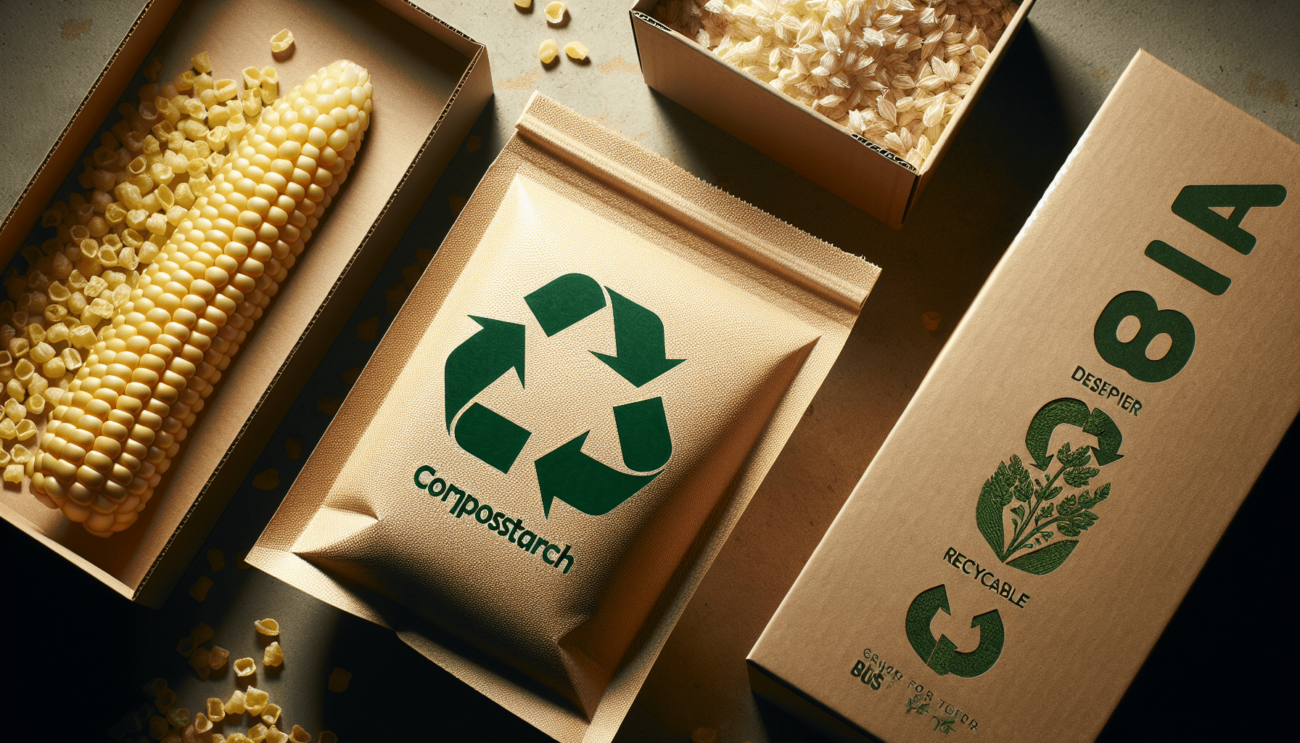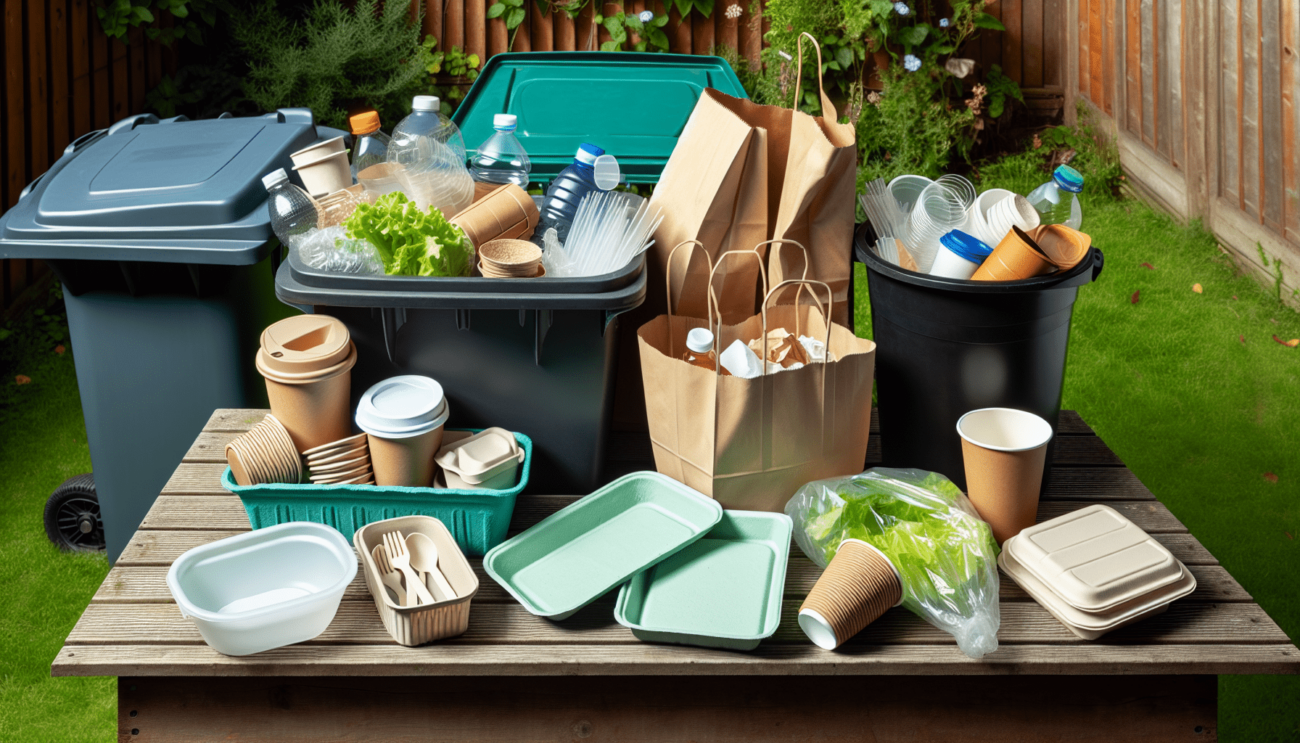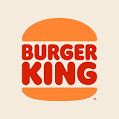Understanding Eco-Friendly Packaging: A Comprehensive Guide
Have you ever wondered about the difference between biodegradable, compostable, and recyclable packaging? In this article, we will explore these eco-friendly packaging solutions, breaking down their unique characteristics and benefits. Let’s dive in!
Biodegradable Packaging: What Sets It Apart?
Biodegradable packaging is designed to break down naturally over time, thanks to the action of living organisms such as bacteria, fungi, and other microorganisms. This type of packaging is typically made from organic materials like plant-based plastics, sugarcane, bamboo, or wheat straw.
When you opt for biodegradable packaging, you are choosing a more sustainable option that reduces the amount of waste ending up in landfills. These materials can decompose into natural elements without releasing harmful toxins into the environment.
Compostable Packaging: Taking Sustainability to the Next Level
Compostable packaging takes the concept of biodegradability a step further. Not only does it break down naturally like biodegradable packaging, but it also turns into nutrient-rich compost when properly disposed of in a composting facility.
Compostable packaging is an excellent choice for businesses and individuals looking to close the loop on waste management. By returning these materials to the earth as compost, you can help support healthy soil and plant growth while reducing your carbon footprint.
Recyclable Packaging: A Sustainable Circulation System
Recyclable packaging can be transformed into new materials through a recycling process, reducing the need for virgin resources and energy-intensive production. This type of packaging is typically made from materials like paper, cardboard, glass, aluminum, and certain types of plastics.
By choosing recyclable packaging, you are supporting a circular economy where materials are reused and repurposed, rather than discarded after a single use. Recycling helps conserve natural resources, reduce greenhouse gas emissions, and minimize waste sent to landfills.
Key Differences Between Biodegradable, Compostable, and Recyclable Packaging
| Feature | Biodegradable Packaging | Compostable Packaging | Recyclable Packaging |
|---|---|---|---|
| Decomposition Process | Naturally breaks down | Turns into compost | Material can be recycled |
| End-of-Life Disposal | Can degrade in any environment | Needs specific composting conditions | Requires collection for recycling |
| Environmental Impact | Reduces waste in landfills | Supports soil health | Conserves resources |
Each type of eco-friendly packaging serves a unique purpose in the broader sustainability movement, offering a range of benefits depending on your specific needs and values.
Making Informed Choices: Factors to Consider
When choosing between biodegradable, compostable, and recyclable packaging, it’s essential to consider various factors to make an informed decision that aligns with your environmental goals.
Material Sourcing and Production
Consider where the materials used in the packaging come from and how they are manufactured. Opt for renewable resources and eco-friendly production methods to minimize environmental impact.
End-of-Life Disposal Options
Think about how the packaging will be disposed of after use. If you have access to composting facilities, compostable packaging may be the best choice. If not, recyclable packaging can help keep materials in circulation.
Packaging Performance and Durability
Evaluate the strength, durability, and functionality of the packaging to ensure it meets your needs. Some eco-friendly materials may be more fragile or have specific storage requirements.
Cost and Accessibility
Compare the cost of different types of eco-friendly packaging and consider the availability of recycling or composting facilities in your area. Choose options that fit your budget and align with local waste management practices.
Consumer Perception and Brand Image
Consider how your choice of packaging reflects your values as a business or individual. Eco-friendly packaging can enhance your brand’s sustainability credentials and attract environmentally conscious customers.
Conclusion: Embracing Sustainable Packaging Solutions
In conclusion, understanding the differences between biodegradable, compostable, and recyclable packaging can help you make more sustainable choices for your business or personal use. By opting for eco-friendly packaging alternatives, you can reduce your environmental impact, support the transition to a circular economy, and contribute to a healthier planet for future generations.
Next time you’re shopping for packaging materials, consider the environmental implications of your choices and choose options that align with your commitment to sustainability. Together, we can make a difference by embracing eco-friendly solutions in our daily lives.

